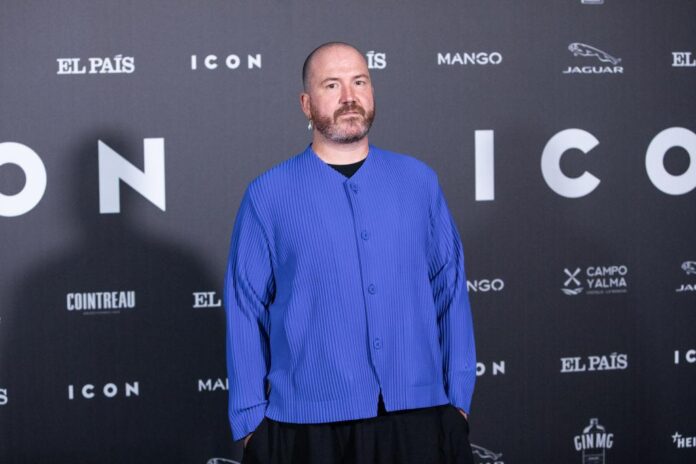The Museo Nacional Centro de Arte Reina Sofia in Madrid has named Manuel Segade as its new director. The 46-year-old art historian and curator has been leader of the Museo Centro de Arte Dos de Mayo in the Madrid municipality of Móstoles for the past 10 years. He also curated the Spanish Pavilion at the 57th Venice Biennale in 2017.
Though Segade told Artnet News it was too early to reveal much about specific projects he has in mind, he said that the museum has recently “started understanding contemporary art as a way of producing social transformation,” a mission that he intends to continue. This will require “listening to more voices,” especially those of younger audiences, and “softening the institutionality of the museum. To make it easier for local communities to participate in the program.” Segade also has plans to increase collaboration with other institutions in order to promote contemporary Spanish culture.
Segade has big shoes to fill in replacing the museum’s former director of 15 years, Manuel Borja-Villel, whose tenure saw visitor figures rise consistently and who stewarded a celebrated rehang in 2021. He resigned abruptly in January after becoming a target of Spain’s right-wing media. Among other things, he was criticized for his interest in political, conceptual, and international art. Over 1,700 people signed an open letter supporting Borja-Villel and condemning “a hasty and manipulated ‘culture war’” that helped push him out.
Borja-Villel’s departure was also prompted by an accusation by the right-wing Spanish publication ABC that, when his contract was extended in 2013 and 2016, the museum violated its own internal policy that there must be competition each time a leader is reappointed. The museum has denied this, noting that both contracts had been approved by Spain’s ministry of culture.
Signatories of the open letter in support of Broja-Villel included major museum leaders like Frances Morris of London’s Tate Modern and Mami Kataoka of Tokyo’s Mori Art Museum, as well as art historians such as Hal Foster and Rosalind Krauss. The ex-director’s next move is to co-curate this year’s São Paulo Bienal.
So what does Segade see as the biggest challenges facing museum directors in Spain at the moment? “Like in the rest of the Western world, this moment is really complicated by conservative policies. We are in a risky moment for the freedom of the arts and the relationship between art and society,” he said. “There’s a need for resistance.”
“This is the biggest challenge because it affects the budget, the programs, our worker’s contracts,” he added. “How can we make structural decisions that can help to resist these conservative policies?”
The Reina Sofia is comfortably Spain’s most visited museum, offering Segade a significant opportunity to reach a wider audience. What role should cultural institutions be playing in a society that feels increasingly culturally polarized? “We are always thinking on a macro scale, about the big issues. I think we need to think in the micro, about the little gestures that can make an institution more kind,” he said.
“It maybe sounds naive,” Segade continued, “but from something really tiny you can get big effects in the community. For example, what kind of collection is needed to represent this or that minority or gender? I hope to start a discursive project that can affect the infrastructure of the museum itself.”

























